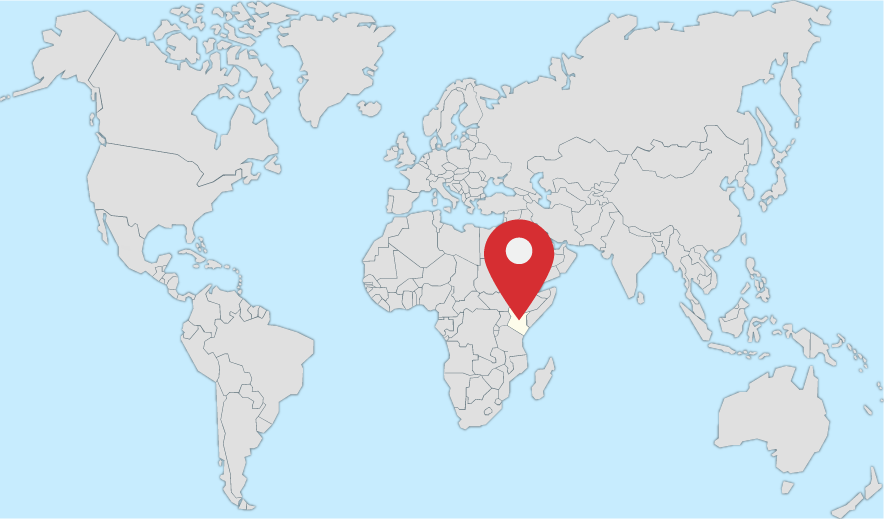Unlocking the Potential of Aquaculture
Aquaculture is one of the most promising and lucrative sectors for food production, estimated to grow exponentially with the increasing demand for protein. In order to achieve the sustainable and responsible development of the industry, various stakeholders must work together to empower farmers, especially small-scale producers and marginalized farmers.
Aquaculture development has great potential to address food insecurity, especially in Sub-Saharan Africa where one in every four people is reported to be undernourished, and young children and women are reported to have the highest cases of vitamin A and Iron deficiency (Science Direct). In Kenya, fish consumption is reported to be 4kg per capita per year compared to the global average of 20kg per capita per year, indicating high levels of undernutrition and low fish consumption. Fish is a good source of protein and other valuable nutrients, especially for women and children, and should be readily available and affordable as it plays an important role in combating malnutrition.
Traditionally, fish farming and capture fisheries were presumed to be male-dominated. However, studies have shown that women play a significant role in both aquaculture and fisheries and are actively involved in all areas of the industry. For instance, women in aquaculture not only carry out the construction of fish-rearing structures like ponds but are also active in post-harvest activities, including processing, value addition, and marketing. Studies in Cambodia show that ponds managed by women give higher outputs compared to those managed by men, thus leading to the increased availability of fish in the market, improved socio-economic conditions, and improved family income. In the Zanzibar and Lake Victoria regions of Tanzania, the seaweed production sector and the drying and selling of Rastrineobola argentea, locally known as dagaa, is dominated by women (Research gate).





